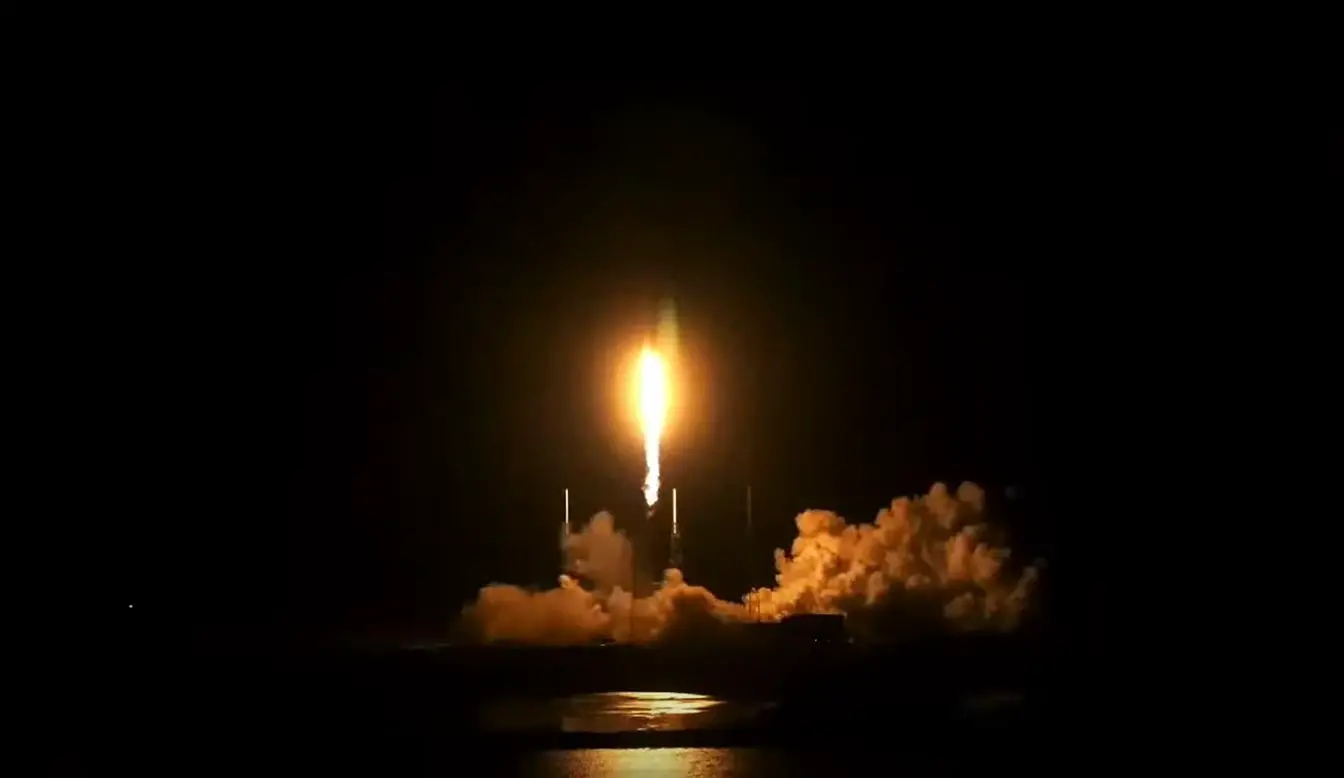
On Friday, April 7, 2023, a SpaceX Falcon 9 rocket lifted off from Cape Canaveral Space Force Station in Florida, carrying a NASA instrument that will revolutionize how we monitor air quality from space.
The instrument, called TEMPO (Tropospheric Emissions: Monitoring of Pollution), is a payload on the Intelsat 40E satellite, which will orbit at a fixed position above the equator.
NASA posted a series of tweets with videos of the rocket.
Our @NASAEarth & @CenterForAstro #TEMPO mission successfully launched. TEMPO will provide hourly, daytime measurements of air quality in North America. It will monitor three main pollutants and reveal disparities in exposure in our cities and communities: https://t.co/wqhHwh96tK pic.twitter.com/FE3dJaOv5b
— NASA (@NASA) April 7, 2023
What is TEMPO, and why is it important?
TEMPO is the first space-based instrument to measure significant air pollutants over North America hourly during the daytime, with a resolution of several square miles.
This is far better than the current limit of about 100 square miles. TEMPO will provide unprecedented data on ozone, nitrogen dioxide, sulfur dioxide, formaldehyde, and aerosols, which affect human health and climate.
By observing air quality changes over time and space, TEMPO will help scientists and decision-makers understand the sources and impacts of pollution and develop strategies to improve air quality and protect public health.
TEMPO will also study the effects of natural phenomena such as lightning, forest fires, volcanoes, and dust storms on air quality.
How does TEMPO work?
Spacecraft separation confirmed! The Intelsat satellite hosting our @NASAEarth & @CenterForAstro #TEMPO mission is flying free from its @SpaceX Falcon 9 rocket and on its way to geostationary orbit. pic.twitter.com/gKYczeHqV5
— NASA (@NASA) April 7, 2023
TEMPO uses a spectrometer that splits light into its component colors to measure the amount of sunlight reflected and scattered by the Earth’s atmosphere and surface.
By analyzing the light spectrum, TEMPO can detect the presence and concentration of different gases and particles in the air. TEMPO will scan North America from east to west every hour, covering an area from Mexico City to Canada’s oil sands.
Who is involved in TEMPO?
TEMPO is a NASA Earth Venture Instrument mission, which means it is a low-cost, high-impact science investigation that complements NASA’s larger Earth-observing satellites.
TEMPO was developed by NASA’s Langley Research Center in Hampton, Virginia, in partnership with Ball Aerospace in Boulder, Colorado.
Liftoff! Our #TEMPO mission and its host satellite are on the way to space. The size of a dishwasher, TEMPO is powerful enough to observe air pollutants across North America down to a resolution of 4 square miles (10 square km). pic.twitter.com/kmGHrPfzTN
— NASA (@NASA) April 7, 2023
TEMPO is hosted on Intelsat 40E, a commercial communications satellite owned by Intelsat. SpaceX provided the launch service for Intelsat 40E and TEMPO using its Falcon 9 rocket.
Where can I learn more about TEMPO?
For more information about TEMPO, visit https://tempo.si.edu/. You can also follow TEMPO on Twitter (@NASATEMPO) and Facebook (NASA TEMPO).
You can access TEMPO data through NASA’s Earthdata portal (https://earthdata.nasa.gov/). NASA makes data from instruments like TEMPO easily accessible to everyone, so you can explore how air quality affects your life and your planet.

